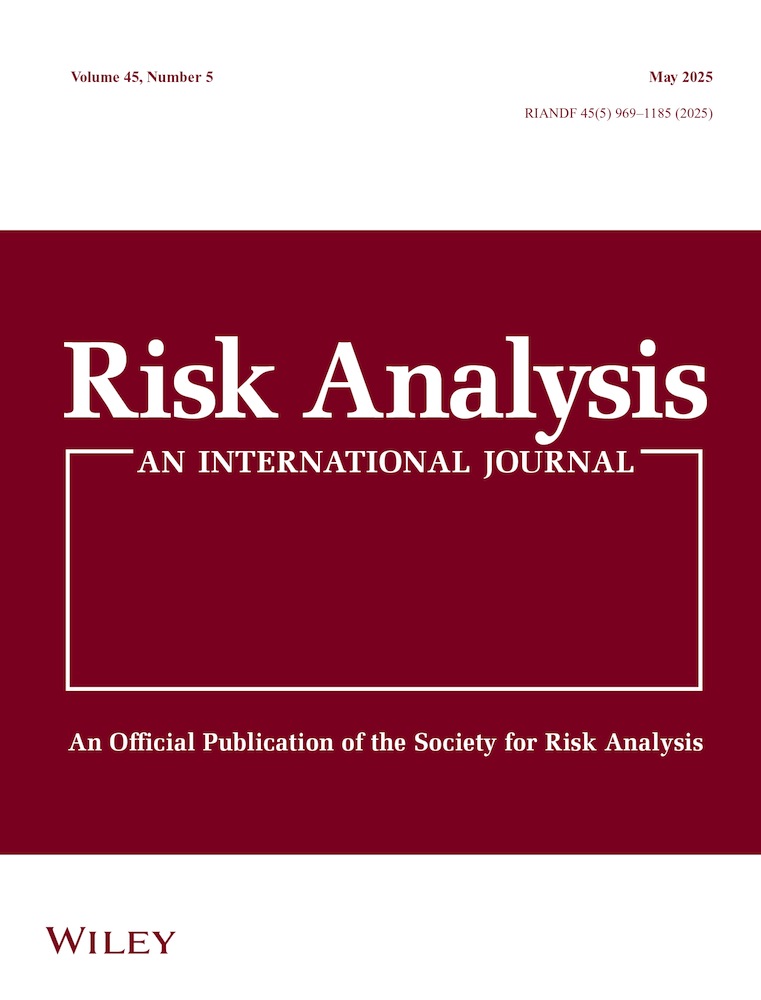Perceived Risk, Stigma, and Potential Economic Impacts of a High-Level Nuclear Waste Repository in Nevada
Abstract
This study investigates the potential impacts of the proposed nuclear waste repository at Yucca Mountain, Nevada, upon tourism, retirement and job-related migration, and business development in Las Vegas and the state. Adverse impacts may be expected to result from perceptions of risk, stigmatization, and socially amplified reactions to “unfortunate events” associated with the repository (major and minor accidents, discoveries of radiation releases, evidence of mismanagement, attempts to sabotage or disrupt the facility, etc.). The conceptual underpinnings of risk perception, stigmatization, and social amplification are discussed and empirical data are presented to demonstrate how nuclear images associated with Las Vegas and the State of Nevada might trigger adverse economic effects. The possibility that intense negative imagery associated with the repository may cause significant harm to Nevada's economy can no longer be ignored by serious attempts to assess the risks and impacts of this unique facility. The behavioral processes described here appear relevant as well to the social impact assessment of any proposed facility that produces, uses, transports, or disposes of hazardous materials.




